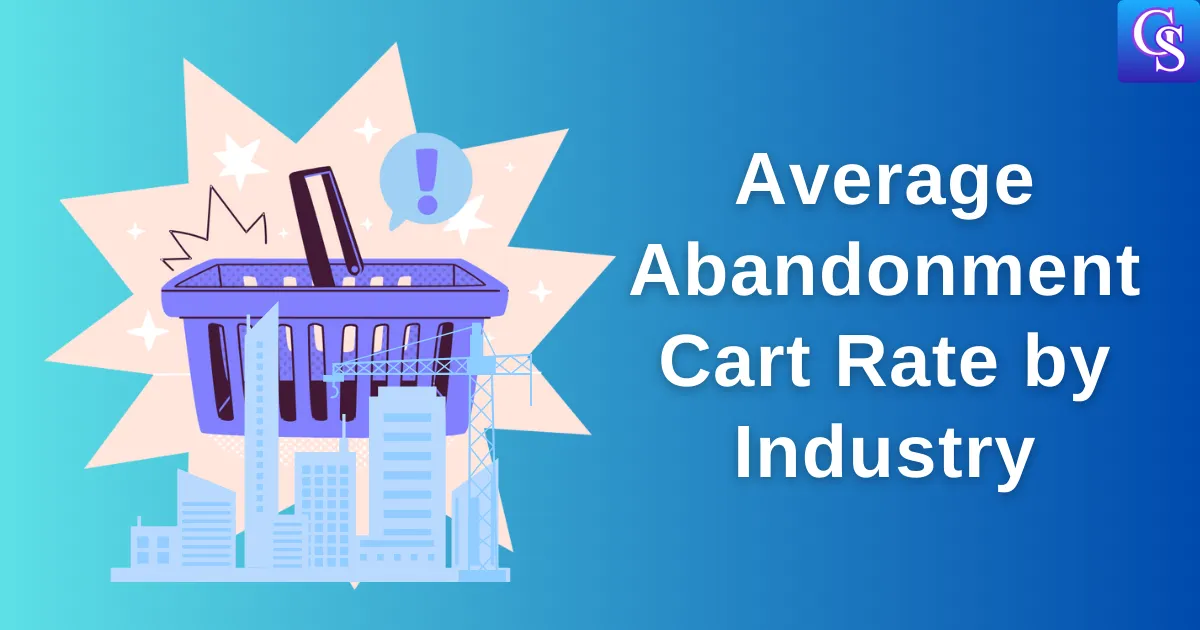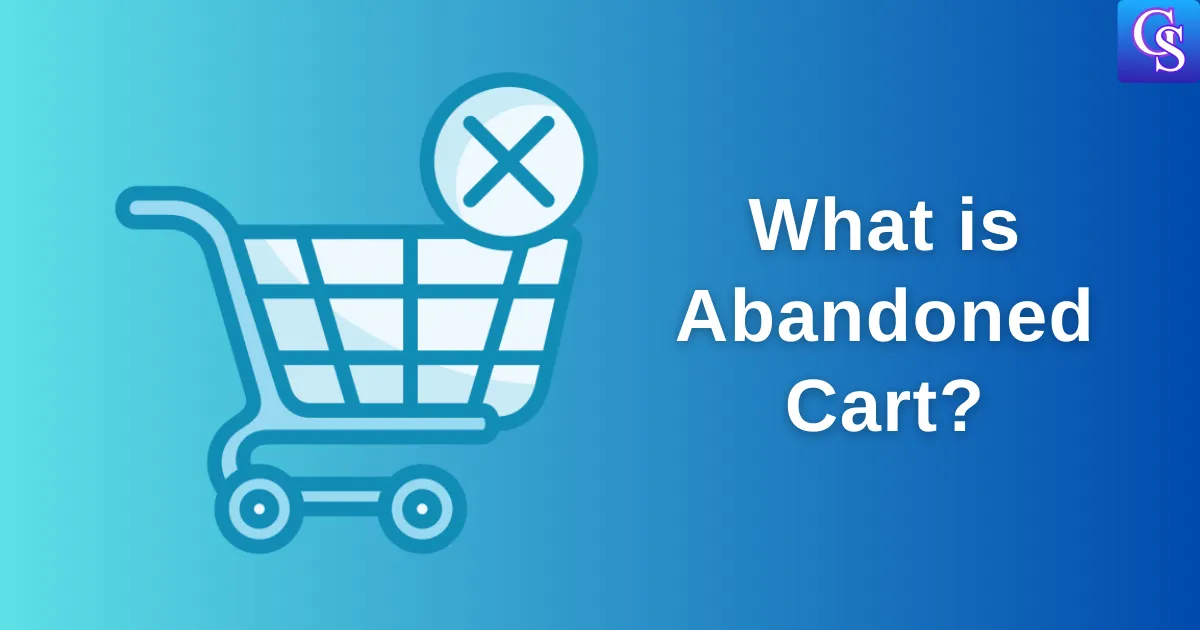Shopping cart abandonment is a persistent challenge for e-commerce businesses. It happens when a potential customer adds items to their online shopping cart but leaves the website before completing the purchase. Abandoned carts represent lost revenue and can significantly impact a business’s bottom line.
In fact, the yearly cost of abandoned carts is estimated to be a staggering $4 trillion.
The average cart abandonment rate across all industries fell by 10% from 2021 to 2022, reaching 70%. This means that for every 10 shoppers who add items to their cart, 7 of them will leave without buying anything.
This rate has been growing constantly, rising from 68.07% in 2014 to 69.99% in 2022. Interestingly, the cart abandonment rate varies depending on the device used. It is highest on mobile (86%), followed by tablet (81%) and then desktop (73%).
Furthermore, cart abandonment rates have seen an increase since the start of the Covid-19 pandemic. This highlights the dynamic nature of online shopping behavior and the need for businesses to adapt their strategies accordingly.
It’s important to note that a significant portion of these abandoned carts can be recovered. The value of recoverable lost orders due to cart abandonment is estimated to be $260 billion per year. This underscores the importance of understanding the reasons behind cart abandonment and implementing effective strategies to mitigate it.
Table of Contents
ToggleAverage Abandonment Cart Rate by Industry
Understanding industry benchmarks is crucial for businesses to assess their performance and identify areas for improvement. By comparing their cart abandonment rate to the industry average, businesses can gain valuable insights into their checkout process and customer behavior.
The average cart abandonment rate varies by industry. Some industries have higher abandonment rates than others. For example, the luxury and fashion industries have some of the highest cart abandonment rates at 88% and 86% respectively.
This is likely due to the higher price points, the need for more consideration time before making a purchase, and potentially longer purchase processes associated with these industries. On the other hand, the grocery industry has a much lower cart abandonment rate, at 52%. This is likely because groceries are essential items that people need to buy regularly.
Here is a table showing the average cart abandonment rate for different industries:
| Industry | Abandonment Rate | Possible Reasons |
|---|---|---|
| Luxury | 88% | High price points, consideration period |
| Fashion | 86% | Trend-driven purchases, size and fit concerns |
| Cosmetics | 73% | Product variety, color matching |
| Electronics | 73% | High price points, comparison shopping |
| Sports and outdoor | 77% | Seasonal demand, product availability |
| Gardening and DIY | 72% | Project-based purchases, price sensitivity |
| Groceries | 52% | Essential items, frequent purchases |
| Department store | 79% | Wide product range, browsing behavior |
| Retail | 67% | Price comparison, impulse purchases |
| Baby & Child | 85% | Product research, safety concerns |
Cart Abandonment by Channel
The online channel through which a customer arrives at an e-commerce store can also influence the cart abandonment rate. According to research, social media platforms have the highest cart abandonment rate (89%), followed by email (80%), direct source (79%), and search (75%). This suggests that customers coming from social media may be less committed to making a purchase compared to those arriving through other channels.
Interestingly, the day of the week also plays a role in cart abandonment rates. Friday has the lowest abandonment rate, while Sunday has the highest. This could be attributed to various factors, such as weekend browsing behavior and weekday purchase intent.
Conclusion
Shopping cart abandonment is a significant challenge for e-commerce businesses, with an average abandonment rate that has hovered around 70% in recent years. This rate can vary significantly across industries, with sectors like luxury, fashion, and electronics experiencing higher abandonment rates compared to essential goods like groceries. The reasons for cart abandonment are diverse, ranging from unexpected costs and slow delivery to website usability issues and lack of trust.
However, businesses are not powerless against this challenge. By implementing a combination of strategies, such as streamlining the checkout process, offering various payment options, being transparent about pricing, providing excellent customer service, and leveraging abandoned cart emails and retargeting ads, businesses can effectively reduce their cart abandonment rate and recover lost revenue.
By understanding the factors contributing to cart abandonment and implementing the strategies outlined in this article, businesses can significantly reduce their cart abandonment rate, recover lost revenue, and enhance the overall customer experience.




